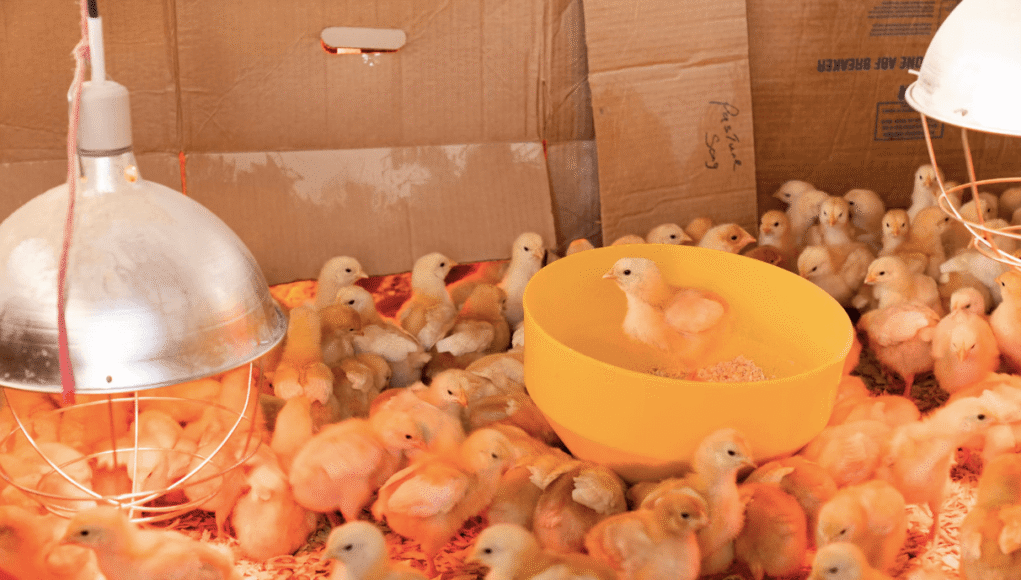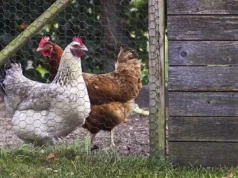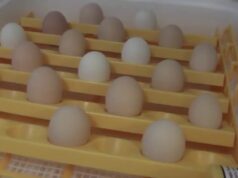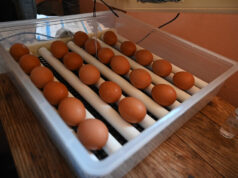Are you a budding poultry enthusiast eager to start your journey with chicks? Well, the first thing you need is a brooder box for chicks. Whether you’re raising them for fun, eggs, or a future in poultry farming, having the right setup is crucial. In this article, we’ll walk you through everything you need to know about setting up a brooder box to give your chicks the best start in life.

Why Do You Need a Brooder Box?
A brooder box is essential for maintaining the ideal environment for your chicks. It provides warmth, safety, and space they need to grow healthily. Since chicks are vulnerable in their early days, a properly set up brooder box can mean the difference between a thriving chick and one that’s struggling.
Choosing the Right Brooder Box
Size Matters
Size is a crucial factor. The brooder box should be spacious enough to accommodate all your chicks comfortably. As a rule of thumb, allow at least 0.5 square feet per chick. This ensures they have enough room to move around without overcrowding.
Types of Brooder Boxes
There are several types of brooder boxes available. You can use plastic containers, wooden boxes, or even a kiddie pool. The material isn’t as important as ensuring it is safe, non-toxic, and easy to clean.
Setting Up Your Brooder Box
Heating Elements
Chicks need a constant heat source, especially in their first few weeks. Use a heat lamp or a brooder plate to maintain a temperature of 95F for the first week. Gradually reduce the temperature by 5F each week.
Bedding Choices
For bedding, opt for materials like pine shavings. Avoid cedar shavings as they can be toxic. The bedding should be absorbent to keep the environment dry and comfortable.
Food and Water Setup
Ensure your chicks have easy access to food and water. Use chick feeders and waterers to prevent spills and contamination. Position them away from the heat source to prevent overheating the water or food.
Maintaining a Healthy Environment
Cleaning and Hygiene
Clean the brooder box regularly to prevent disease. Fresh bedding should be added daily, and the water and food containers should be washed frequently.
Monitoring Growth
Observe your chicks daily. Healthy chicks are active and eat regularly. Monitor their growth and make adjustments to their environment as needed.

FAQs: Answering Your Common Questions
What is the optimal size for a brooder box?
The optimal size of a brooder box depends on the number of chicks. Ideally, provide at least 0.5 square feet per chick to ensure they have enough space to move around.
How long should chicks stay in the brooder?
Chicks typically stay in the brooder box for about 6-8 weeks, until they’re fully feathered and can regulate their body temperature.
Can I use a cardboard box as a brooder?
Yes, a cardboard box can be used as a temporary brooder box. However, it must be replaced often and monitored closely for signs of damage.
For more tips and detailed information on setting up a brooder, visit this comprehensive guide.
If you want more tips about chick care, you can also explore our detailed articles such as chicken laying age, and backyard eggs taste to enhance your chicken-raising knowledge.
Setting up a brooder box for chicks is a rewarding process that sets the foundation for strong, healthy chickens. With the right knowledge and tools, you will watch your chicks grow with joy and confidence.
This article contains affiliate links. We may earn a commission at no extra cost to you.











